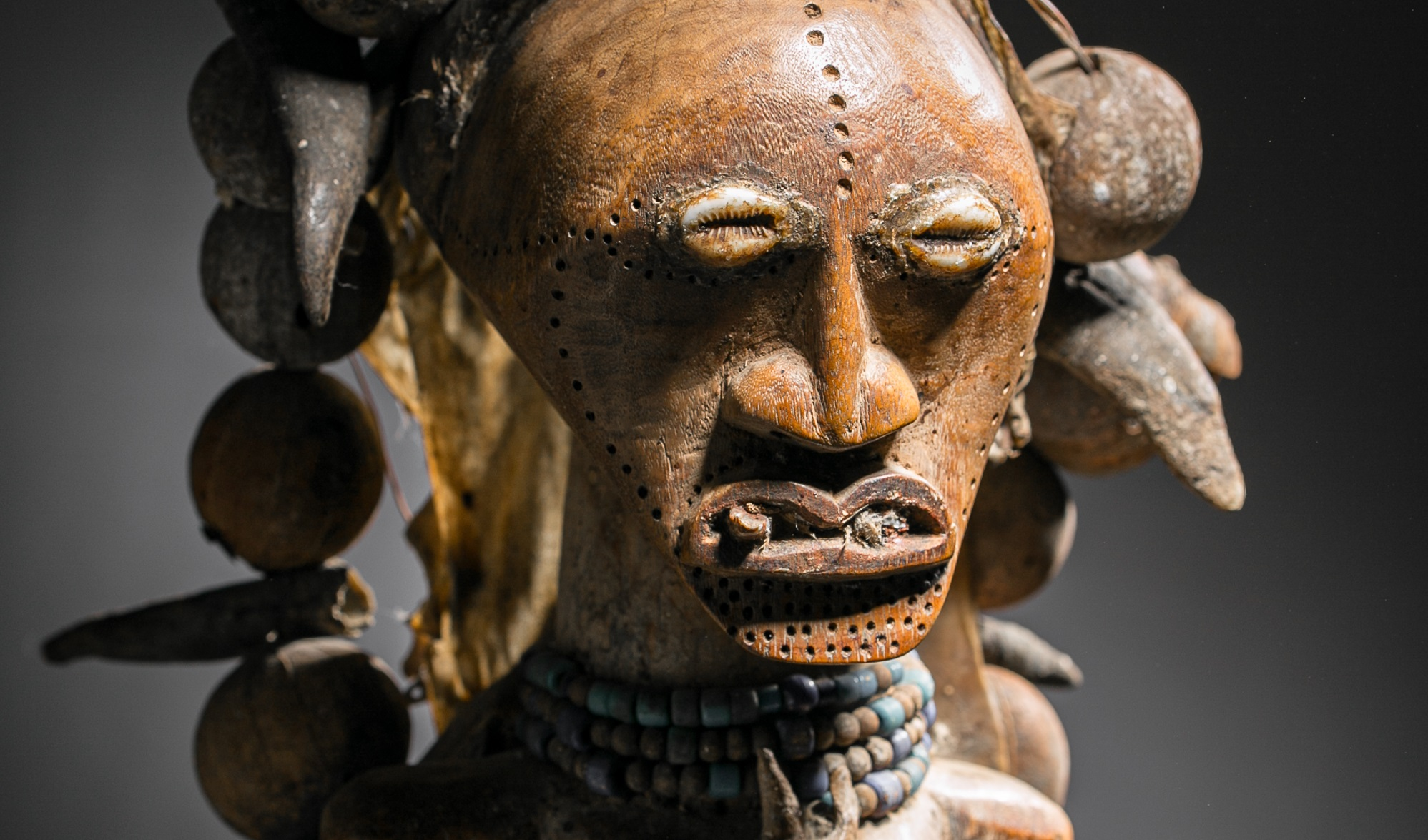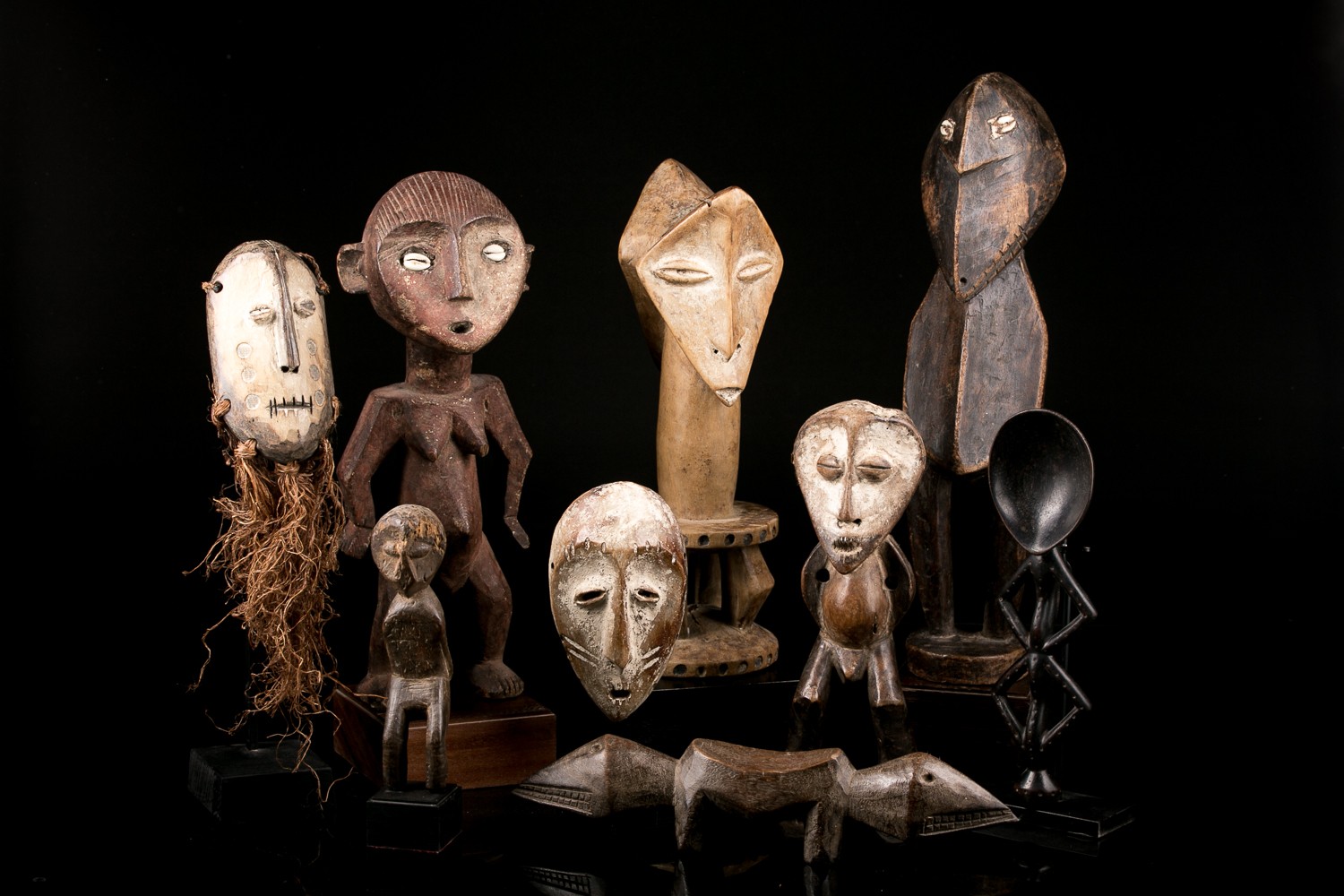Sorry for the inconvenience.
Search again what you are looking for
Filter By



Bronze work of the african primitive artAfrican tribal artists have melted bronze for a long time. The most famous amongst these pieces of art are probably the figures, heads and plates coming from the Bini Edo and Ife kingdoms. These items are linked to the history of these kingdoms and have a great archeological interest.
Search again what you are looking for